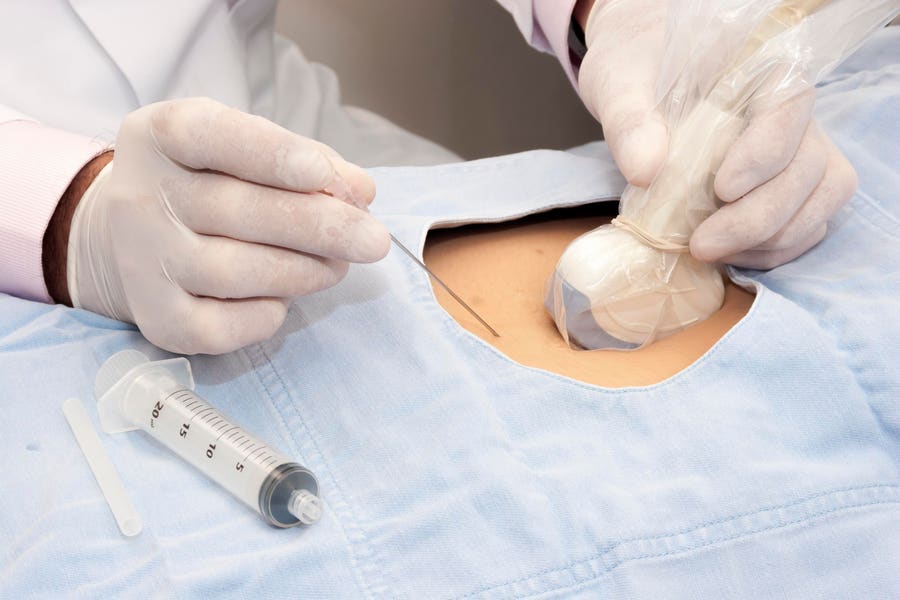
Image-guided needle procedures have become a cornerstone of contemporary medical practices, providing clinicians across various specialties with a means to diagnose and treat conditions with greater precision, safety, and efficacy. These procedures involve the use of real-time imaging technologies—such as ultrasound, computed tomography (CT), magnetic resonance imaging (MRI), or fluoroscopy—to guide the placement of a needle into specific areas of the body.
Such techniques are essential in areas ranging from radiology and oncology to anesthesiology and emergency medicine. Common applications include biopsies to retrieve tissue for diagnostic purposes, drainage of abscesses or fluid collections, and targeted administration of medications such as corticosteroids or anesthetics. The real-time visualization offered by imaging tools allows practitioners to avoid critical structures, thereby reducing the risk of complications and improving patient safety.
Furthermore, advances in imaging resolution and needle technology have paved the way for minimally invasive procedures that lead to faster recovery times, less patient discomfort, and lower healthcare costs compared to traditional surgical methods. As medical technology continues to evolve, the integration of robotics and artificial intelligence with image-guided interventions is expected to further enhance accuracy and expand clinical capabilities.
Overall, image-guided needle procedures exemplify the intersection of technology and medicine, offering clinicians an indispensable tool for delivering precise and patient-centered care in today’s healthcare landscape.
Source: https:// – Courtesy of the original publisher.








